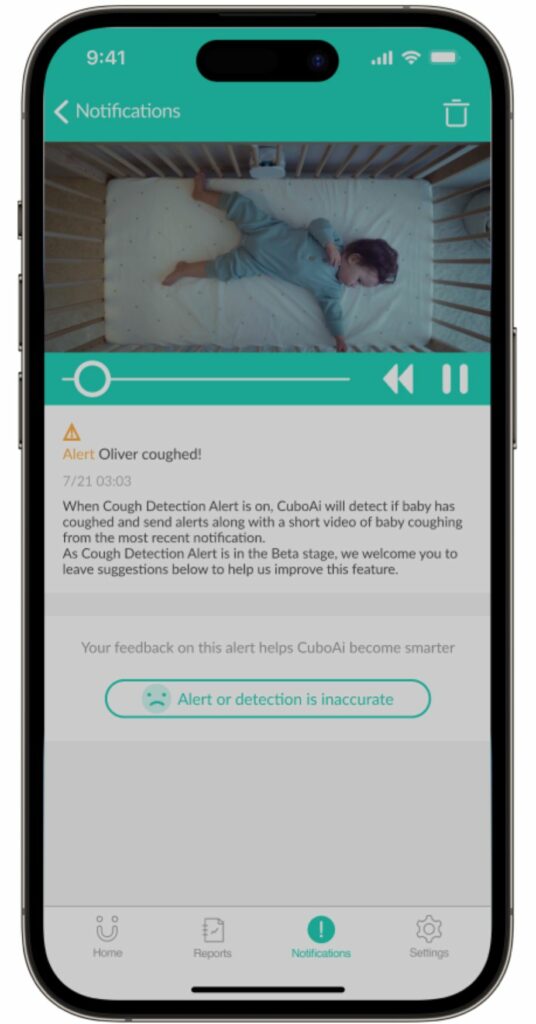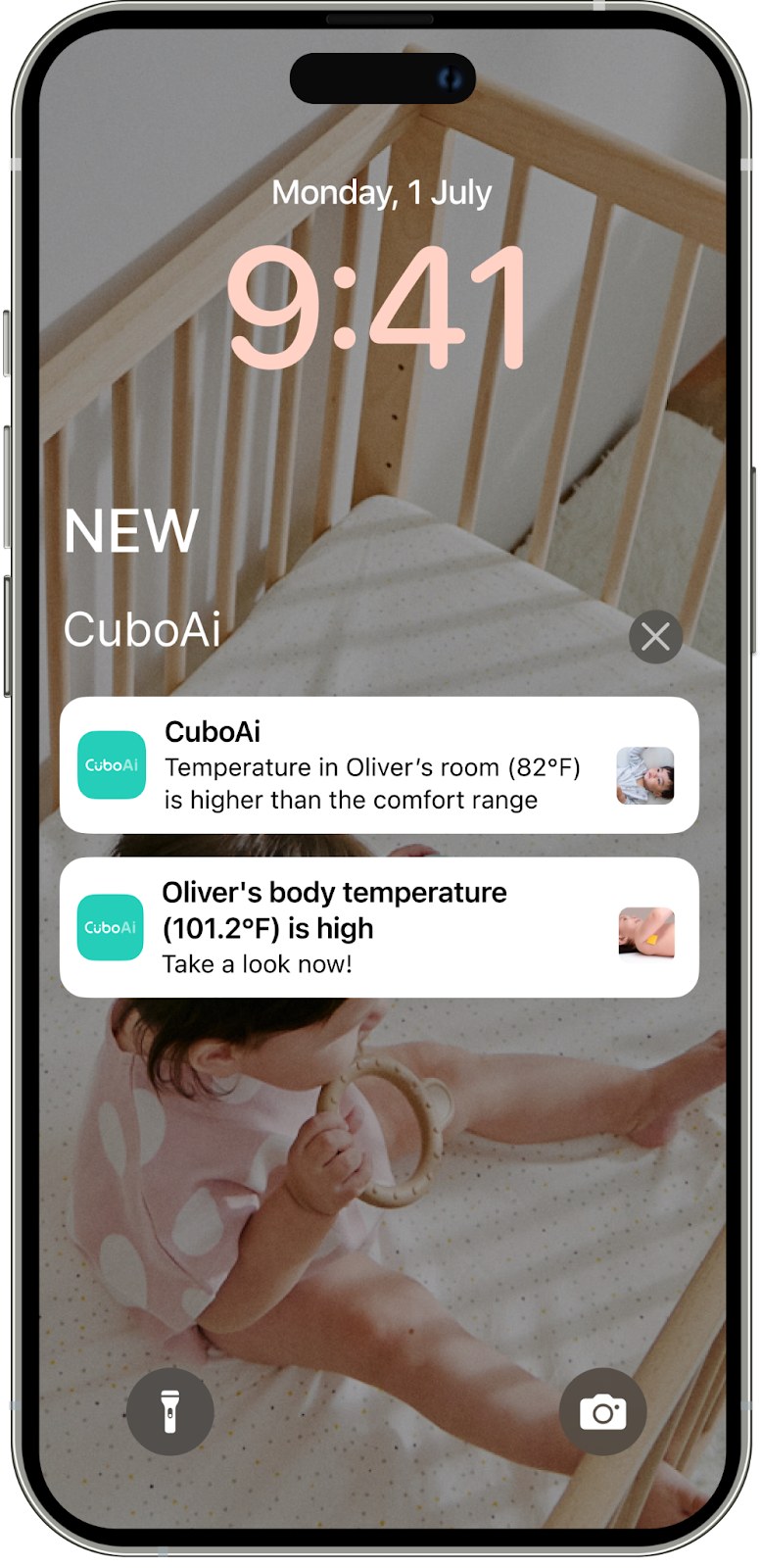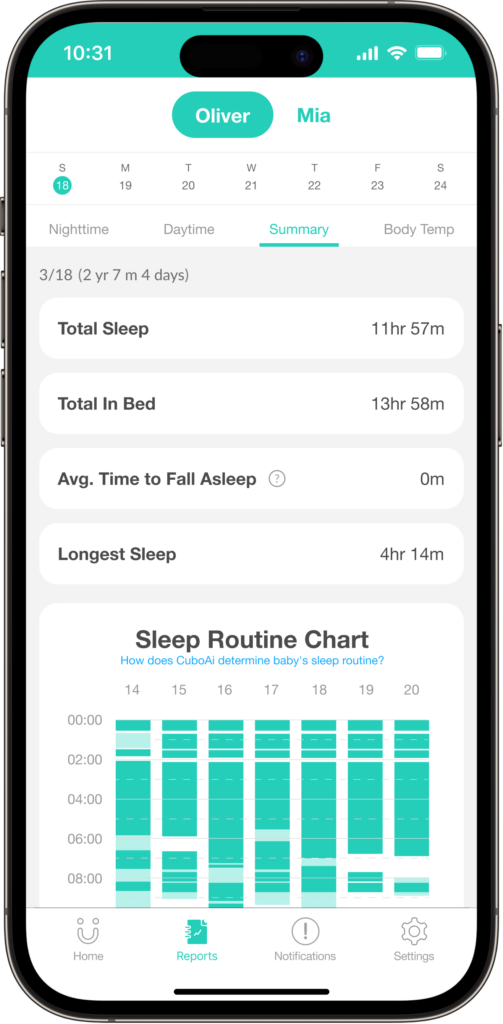Preventing Asthma Attacks: Key Aspects of Family Environment and Lifestyle
Professor Chih-Chien Wang, Department of Pediatrics, Tri-Service General Hospital(Taiwan)
Preface
Four-year-old Jiawei was enrolled in a daycare center at just a few months old due to both his parents working full-time. Soon after enrollment, he began falling ill frequently. Even after starting kindergarten, while his condition stabilized, he still occasionally caught colds. Jiawei was diagnosed with atopic dermatitis at one year old, and allergic rhinitis at three, requiring frequent clinic visits. Both of Jiawei’s parents also had a history of allergies. Recently, Jiawei developed cold symptoms again. Unexpectedly, he suddenly began coughing severely in the middle of the night, with rapid breathing and a feeling of breathlessness. His parents rushed him to the emergency department, where the doctor heard wheezing sounds in his lungs and immediately administered oxygen and bronchodilators, thankfully alleviating his symptoms quickly. After inquiring about Jiawei’s history of allergies and family history, the doctor concluded that Jiawei had asthma.
Cases like Jiawei’s are common reasons for discovering childhood asthma. Often, parents only realize their young children have asthma during an acute attack, sometimes requiring hospitalization, causing distress for both parents and the child. In recent years, discussions about asthma have become more prevalent. In fact, with proper treatment and early control, the likelihood of asthma attacks can be effectively managed.
Increase in Asthma Incidence
The proportion of children worldwide diagnosed with asthma has been steadily increasing over the years. According to the latest statistics, approximately 15% of asthma patients are children, indicating a high prevalence of asthma in Taiwan with roughly one in every six children being asthmatic. The primary symptoms of asthma include chronic recurrent coughing, shortness of breath, and, at times, wheezing sounds. Most children with asthma have a history of allergic diseases before the onset of asthma. For instance, conditions like atopic dermatitis often manifest in infancy, followed by symptoms of allergic rhinitis. Allergic diseases are frequently linked to family history; if parents have a medical history of allergies, the probability of their children developing allergies is higher. Moreover, if both parents have such a medical history, there is a 30% to 50% chance that their children will suffer from allergic diseases.
Reasons for the Increase in Asthma Incidence
The incidence of asthma patients is increasing worldwide, primarily due to climate change, which causes unstable temperatures and air pollution, especially the rise in PM 2.5 concentrations. These factors lead to an increasing prevalence of allergic diseases. Additionally, infants and young children who start attending daycare centers or kindergartens early are more likely to get infections, which can trigger asthma especially if they have an allergic predisposition. Moreover, the widespread use of antibiotics in infancy can alter the gut bacteria’s ecology, affecting the regulation of the immune system and making individuals more prone to allergic reactions. Currently, there is an excessive use of antibiotics to treat upper respiratory tract infections in infants. Research has found that infants under six months who frequently use antibiotics have twice the risk of developing asthma. Similar to Jiawei’s case, exposure to crowded environments from a young age and having an allergic predisposition increase the probability of developing asthma compared to other children.
Furthermore, today’s living environment has better hygiene conditions, reducing children’s exposure to pathogenic organisms from an early age. However, this makes the immune system more likely to lean towards allergic reactions. These factors collectively contribute to the increase in allergic diseases.
Difficulty in Diagnosing Asthma
Diagnosing asthma can be challenging, relying on various factors such as the patient’s cough symptoms, the timing and duration of attacks, and whether the patient and family members have allergic diseases such as atopic dermatitis or allergic rhinitis. Additionally, confirming whether there are wheezing sounds upon auscultation and observing the patient’s response to bronchodilators are crucial diagnostic criteria.
Asthma is mostly manifested as a “chronic cough,” which can complicate initial diagnosis as it may resemble symptoms of other upper respiratory tract infections such as tracheitis. Therefore, asthma is often diagnosed only when patients have typical wheezing and shortness of breath. Unfortunately, by this time, patients may have endured prolonged discomfort, affecting their sleep and daily routine, and causing distress for family members. This situation often leads to frequent visits to hospitals or clinics and reliance on symptomatic relief medications.
If a cough persists for 8 weeks, several possibilities should be considered. The most common is asthma triggered by allergies; other reasons include pertussis, tuberculosis, or foreign body aspiration into the airway. Therefore, seeking medical help to determine the cause of chronic cough and providing targeted treatment is necessary. In clinical practice, some children may experience cough-like sounds that greatly trouble their families. This often leads to frequent doctor visits, and sometimes even misdiagnosis as asthma, resulting in excessive use of cough or asthma medications. In reality, these children may have vocal tics, producing sounds similar to coughing but different from actual coughing, which usually disappear when the child is focused or asleep. Typically, such children recover on their own within weeks or months without medication. However, if accompanied by motor tics and persists for more than a year, consideration should be given to whether it is Tourette syndrome, requiring evaluation and treatment by a doctor.

Figure 1: CuboAi Cough Notification Event: Detects and records cough events using AI technology, providing playback of cough sounds and situations during the event
What Methods Can Prevent Asthma Attacks?
The key to preventing asthma attacks is to avoid allergens. Therefore, improving the home environment, especially by regularly removing dust and dust mites, is crucial. This includes frequently changing bed sheets, pillowcases, and duvet covers, regularly cleaning curtains, carpets, and plush toys, and using air purifiers and dehumidifiers. Additionally, for those allergic to pet dander, avoiding contact with pets is essential. When air quality is poor, outdoor activities should be minimized, and if necessary, masks should be worn when going out. Cultivating good hygiene habits from an early age to reduce the chances of infection and avoiding the overuse of antibiotics to prevent changes in gut flora are also crucial. Furthermore, avoiding exposure to secondhand smoke or incense at home is also important measures to prevent asthma attacks.
During seasonal changes, allergic symptoms may worsen, especially in winter when the temperature is lower in the morning and evening. Extra attention should be paid to keeping warm. Similarly, in hot and humid weather, exacerbation of symptoms should be noted, and indoor temperature and humidity should be maintained at appropriate levels. The ideal indoor temperature is around 25 degrees Celsius, with humidity maintained at 50%.

Figure 2: CuboAi Temperature and Humidity Notification: Actively detects and notifies changes in environmental temperature and humidity
Dietary intake should also avoid cold foods and those that may trigger allergic reactions to prevent asthma attacks. Additionally, vigorous exercise can sometimes trigger asthma attacks. Therefore, children with asthma should avoid engaging in strenuous exercise or be given preventive asthma medications before exercising to reduce the risk of asthma attacks.
The Association Between Asthma and Nocturnal Cough
Why do asthma patients cough more severely at night or in the middle of the night? Currently, the most likely reason is that during sleep, the parasympathetic nervous system becomes more active, leading to airway narrowing. It may also be related to hormonal regulation in the body, coupled with lower nighttime temperatures, increasing the sensitivity of the airways and easily triggering asthma attacks.

Figure 3: CuboAi Sleep Report: Monitoring Baby’s sleep status throughout the night
Impact of Asthma on Children and Families
The onset of childhood asthma often affects sleep quality, resulting in poorer daytime learning outcomes, reduced interaction with peers, inability to participate in vigorous exercise, and possibly necessitating absence from school. In addition, family members may feel anxious about their child’s condition and may even be unable to work normally, resulting in intangible losses caused by asthma. Furthermore, there is often a need to take their sick child to clinics or hospitals for medical consultations, and in severe cases, hospitalization may be required, increasing medical expenses.

Figure 4: CuboAi Daily Sleep Summary: Observing Baby’s long-term sleep trends
Therefore, asthma education is crucial. It is important to teach family members and children how to prevent asthma attacks, as well as to understand how to use maintenance medications effectively and possess correct knowledge of asthma medications.
Methods to Assist Parents in Caring for Children with Asthma
- Stay away from allergens and improve your home environment, especially by regularly removing dust and dust mites. This includes frequent changing of bed sheets, pillowcases, and duvet covers, regular cleaning of curtains, carpets, and plush toys, and using air purifiers and dehumidifiers.
- Avoid contact with pet dander for those allergic to pet hair.
- When air quality is poor, minimize outdoor activities, and if necessary, wear masks when going out.
- Cultivate good hygiene habits from an early age to reduce the chance of infection, while also avoiding the misuse of antibiotics to prevent changes in intestinal flora.
- Avoid exposure to secondhand smoke or incense at home.
- Allergic symptoms may worsen during seasonal changes, so it is crucial to pay attention to staying warm and maintaining appropriate indoor temperature and humidity. The ideal indoor temperature is around 25 degrees Celsius, with humidity maintained at 50%.
- Avoid consuming cold foods and foods that may trigger allergic reactions in order to prevent asthma attacks.
- Vigorous exercise may sometimes trigger asthma attacks, so children with asthma should avoid engaging in vigorous exercise or take preventive asthma medication before exercising to avoid asthma attacks.